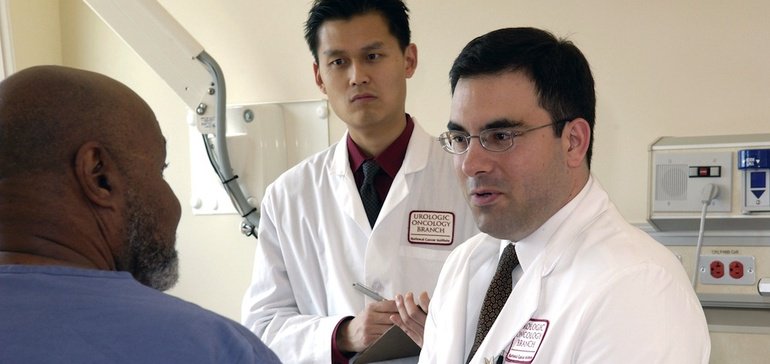
U.S. News & World Report’s annual list of best hospitals and specialties is closely watched by the industry, and as the sector evolves, the magazine updates its methodology to keep up.
Ben Harder, chief of health analysis for publication, outlined the changes coming to the annual list and what may show up later down the road, speaking to healthcare leaders during the magazine’s annual Healthcare of Tomorrow conference in Washington D.C.
Many hospitals use the superior rankings they score from U.S. News to attract more patients and differentiate themselves from competitors by marketing the results. The rankings are meant to guide consumers as they search for the best hospital in their own area or a specific need such as cardiology care.
The magazine ranks hospitals in 16 specialty areas, from cancer to urology, according to its methodology. In 12 of these areas, the publication uses hard data to rank the hospitals by specialty. The other four areas rely on reputation scores that are determined by a survey of physicians. A hospital’s overall score is based on certain performance information around structure, process and outcomes.
U.S. News released its first hospital rankings in 1990 and next year’s rankings will be the 30th edition of the nation’s best hospitals.
The news outlet is saying goodbye to patient safety indicators (PSIs) and will no longer factor those measures into its specialty rankings of the nation’s best hospitals. Instead, it will substitute in HCAHPS, (hospital consumer assessment of healthcare providers and systems), which measures a patient’s satisfaction through a survey, Harder said.
“Not everyone is going to be thrilled with this change,” he said. “We’ve seen enough literature over years that raise questions about the validity of these measures.”
A 2016 report concluded that the use of PSIs “for public reporting and pay-for-performance, should be publicly reevaluated.” PSIs are flagged by a billing code, which originates from a patient’s medical chart but sometimes what is flagged is not actually an adverse event.
“… hospitals that lack robust data quality control procedures to filter out false positives could receive lower quality rankings despite clinical quality of care being similar to higher ranked hospitals,” according to the report in the Journal of the American Medical Informatics Association.
Another outcome measure U.S. News may include in the future is how likely it is a discharged patient will be sent to an institutional setting, like a skilled nursing facility, instead of going home. It’s also considering the likelihood of a prolonged stay at a facility, both likely measures of quality, Harder said.
Patients want more transparency on maternity care, and U.S. News thinks it can fill the information gap. While these measures likely won’t be included in 2019’s ratings, it’s something the group is working on.
This summer, a series by USA Today shined a spotlight on how childbirth can cause serious complications or death for mothers. Each year about 50,000 U.S. women face severe complications during childbirth, the news outlet reported, raising awareness about the issue.
